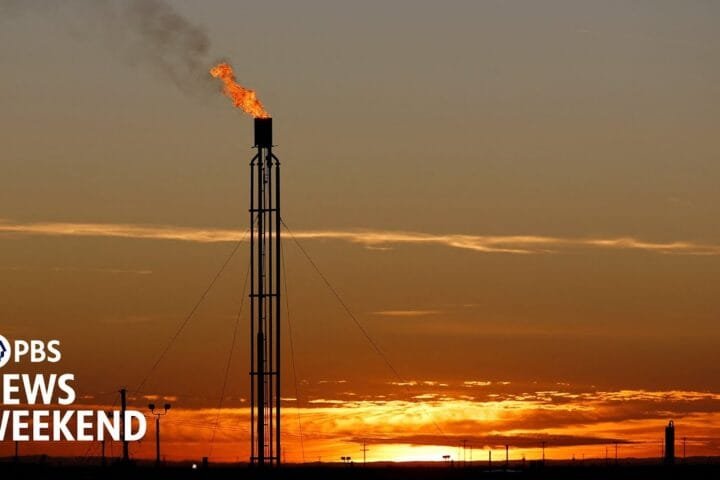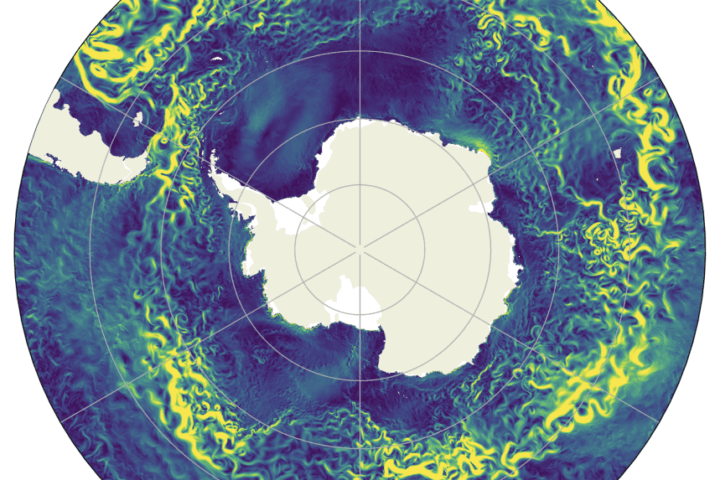- Glaciers are rapidly retreating, with the past six years witnessing significant loss and the 2022-2024 period experiencing the largest three-year mass loss on record.
- The World Meteorological Organization warns that glaciers once considered eternal may not survive this century due to their alarming rate of disappearance.
- Preserving glaciers is crucial for environmental, economic, and societal reasons as they store about 70% of the world’s freshwater supply and play a vital role in regulating global climate.
Five of the past six years have witnessed the most rapid glacier retreat on record, while the 2022-2024 period witnessed the largest three-year loss of glacier mass on record, according to the World Meteorological Organization.
Glaciers once believed to last eternally will likely not survive the 21st century, the United Nations has warned in occasion of the world’s first international day in recognition of their importance.
Glaciers are indeed disappearing at an alarming rate, with five of the past six years witnessing the most rapid glacier retreat and the 2022-2024 witnessing the largest three-year loss of glacier mass in recorded history. This is what emerged from the World Meteorological Organization’s (WMO) latest State of the Global Climate Report published earlier this week, which painted a grim picture of Earth’s condition.
Over the past 18 years, the Arctic has witnessed its 18 lowest sea-ice extents on record, indicative of a concerning trend in the region, according to the report. Similarly, the Antarctic has experienced its three lowest ice extents within the last three years.
Glaciers – separate from the continental ice sheets in Greenland and Antarctica – have lost a total of more than 9,000 billion tons since records began in 1975, the equivalent of an ice block the size of Germany and with a thickness of 25 meters, as indicated by the World Glacier Monitoring Service. At this rate, the organization warns that what used to be called glaciers’ “eternal ice” will disappear within the current century.
Preserving Glaciers Is an ‘Environmental and Economic Necessity‘
World Day for Glaciers, celebrated globally for the first time today, aims to “sound the alarm” about the consequences of glacier melt on economies, ecosystems, and communities around the world.





